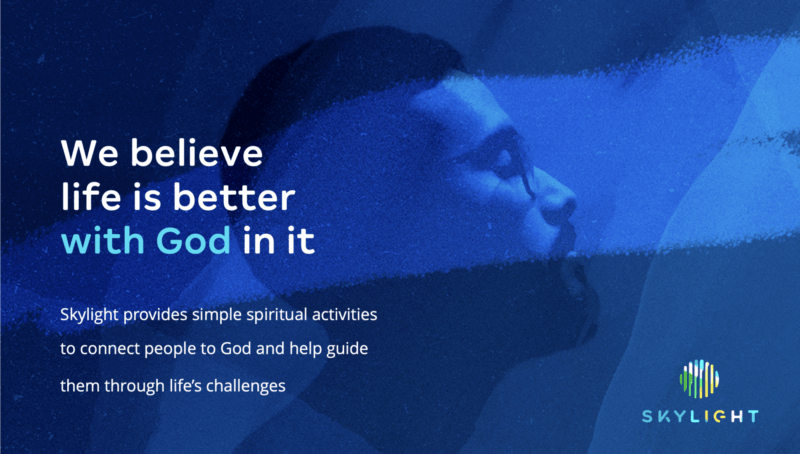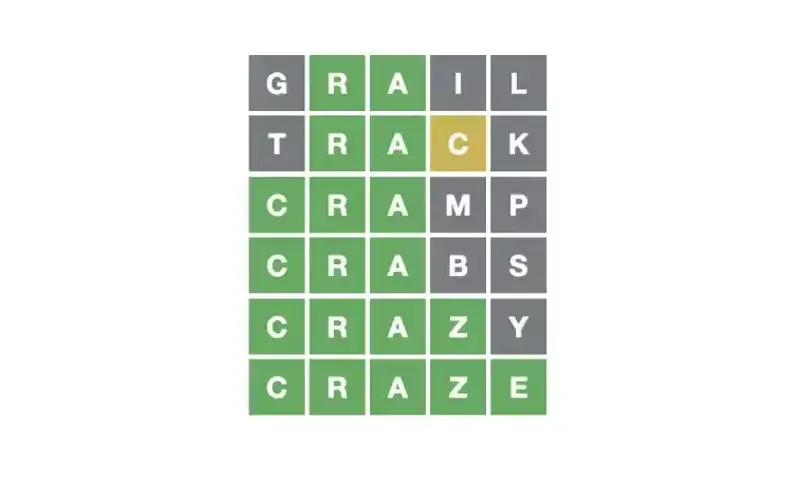D&C 30: Revelation given through Joseph Smith the Prophet to David Whitmer, Peter Whitmer Jr., and John Whitmer, at Fayette, New York, September 1830, following the three-day conference at Fayette, but before the elders of the Church had separated. Originally this material was published as three revelations; it was combined into one section by the Prophet for the 1835 edition of the Doctrine and Covenants.
D&C 31: Revelation given through Joseph Smith the Prophet to Thomas B. Marsh, September 1830. The occasion was immediately following a conference of the Church (see the heading to section 30). Thomas B. Marsh had been baptized earlier in the month and had been ordained an elder in the Church before this revelation was given.
D&C 32: Revelation given through Joseph Smith the Prophet to Parley P. Pratt and Ziba Peterson, in Manchester, New York, early October 1830. Great interest and desires were felt by the elders respecting the Lamanites, of whose predicted blessings the Church had learned from the Book of Mormon. In consequence, supplication was made that the Lord would indicate His will as to whether elders should be sent at that time to the Indian tribes in the West. The revelation followed.
D&C 33: Revelation given through Joseph Smith the Prophet to Ezra Thayre and Northrop Sweet, at Fayette, New York, October 1830. In introducing this revelation, Joseph Smith’s history affirms that “the Lord … is ever ready to instruct such as diligently seek in faith.”
D&C 34: Revelation given through Joseph Smith the Prophet to Orson Pratt, at Fayette, New York, November 4, 1830. Brother Pratt was nineteen years old at the time. He had been converted and baptized when he first heard the preaching of the restored gospel by his older brother, Parley P. Pratt, six weeks before. This revelation was received in the Peter Whitmer Sr. home.
D&C 35: Revelation given to Joseph Smith the Prophet and Sidney Rigdon, at or near Fayette, New York, December 7, 1830. At this time, the Prophet was engaged almost daily in making a translation of the Bible. The translation was begun as early as June 1830, and both Oliver Cowdery and John Whitmer had served as scribes. Since they had now been called to other duties, Sidney Rigdon was called by divine appointment to serve as the Prophet’s scribe in this work (see verse 20). As a preface to the record of this revelation, Joseph Smith’s history states: “In December Sidney Rigdon came [from Ohio] to inquire of the Lord, and with him came Edward Partridge. … Shortly after the arrival of these two brethren, thus spake the Lord.”
D&C 36: Revelation given through Joseph Smith the Prophet to Edward Partridge, near Fayette, New York, December 9, 1830 (see the heading to section 35). Joseph Smith’s history states that Edward Partridge “was a pattern of piety, and one of the Lord’s great men.”

 Join us LIVE as we discuss #ComeFollowMe Doctrine and Covenants Lesson 8: February 15–21 “Stand as a Witness” Doctrine and Covenants 14–17
Join us LIVE as we discuss #ComeFollowMe Doctrine and Covenants Lesson 8: February 15–21 “Stand as a Witness” Doctrine and Covenants 14–17 
















